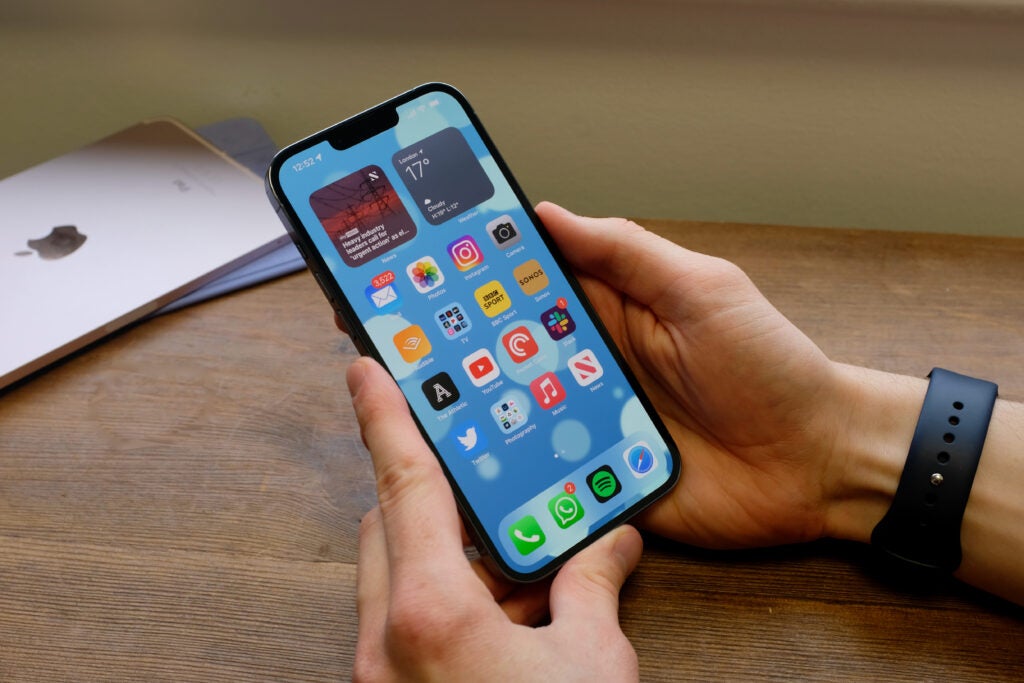5G has been around for almost 5 years now so you’re likely well aware of its existence and, even, have access to it on one of your internet-connected devices. But, do you know all the basics? We’re here to explain 5G in simple terms.
What is 5G?
The absolute basics are that it is called 5G because it is the fifth generation of broadband cellular networks. The tech started to appear on devices in 2019 and has grown ever since. It enables another form of mobile broadband, which allows you to connect to the internet wherever there is a signal, without the need for Wi-Fi.
Google Pixel 7a on an incredibly affordable contract
Enjoy the brilliant new mid-ranger from Google with 50GB of data for an unbelievable £16.87 a month.
- Mobiles
- £49 upfront
- £16.87 a month
Is 5G better than 4G?
5G promises better performance in all areas than 4G. It is capable of providing faster connectivity speeds, ultra-low latency (the delay between an instruction to move data and the data transfer occurring), and greater bandwidth (the amount of data that can be transferred from one point to another within a specific timeframe).
However, in 2019, if you switched to 5G phone from a 4G phone, you may not have noticed all of these advantages. That’s because its network is not yet as widespread as that of 4G. Ofcom estimated in 2021 that 99% of premises in the UK have outdoor 4G coverage, whereas the figure for 5G networks is just 42-57%. Naturally, this coverage is also centred in urban areas. However, 5G networks are expected to be expanded significantly over the coming years.
However, it has been four years and it has continued to grow, according to RootMetrics: “Major mobile operators in the UK have continued to improve 5G availability since early deployments in 2019, and in 1H 2023, those improvements were especially beneficial for users of EE and Three, with both operators averaging 5G availability above 50% in major cities. Virgin Media O2 and Vodafone have also continued to expand 5G availability, with Virgin Media O2’s 5G availability averaging nearly 50% while Vodafone was closer to 40%.”

Should I buy a 5G phone?
At the time of writing, the answer to this question really depends on your personal circumstances. If you are otherwise happy with your current phone and have no other reasons to upgrade, then we’d say you should stick with it for the time being, as 5G does not add a great deal of utility at this point in time to make it worth the expense of a brand new smartphone. However, if you’re buying a new phone anyway, then it’s advisable to buy a 5G-capable device just to ensure that it is future-proof for the coming years. For example, the iPhone 15 is set to launch and will absolutely sport 5G, much like many modern phones now.
Is 5G safe to use?
There is no reason to believe that 5G is harmful. The UK government states:
It is possible that there may be a small increase in overall exposure to radio waves when 5G is added to an existing network or in a new area. However, the overall exposure is expected to remain low relative to guidelines and, as such, there should be no consequences for public health.
What is sub-6GHz 5G?
Sub-6GHz refers to the frequencies of the radio waves transmitted. 5G can be transmitted on a spectrum of different frequencies, and sub-6GHz is the most common of these. By contrast, the upper band of 4G frequencies in the UK is 2.6GHz.
The higher the frequency of these radio waves, the more data can be transmitted; however, the catch is that higher-frequency waves have a shorter range.
Sub-6GHz refers to mid- and low-frequency bands as far as 5G is concerned, and when connected to these frequencies you can achieve speeds in the hundreds of Mbps (megabits per second). All 5G phones support sub-6GHz frequencies.
What is mmWave 5G?
mmWave (which stands for millimetre wave) is high frequency 5G that operates at 24GHz and above, up to around 100GHz, and so it can achieve much higher speeds than sub-6GHz 5G.
mmWave connections can provide blistering maximum speeds of up to 5Gbps (gigabits per second), but its range is extremely limited; it can only travel around 100m, and struggles to penetrate buildings.
Not all 5G phones support mmWave frequencies, but this high-frequency network is much less extensive than sub-6GHz 5G. There is currently no mmWave 5G network in the UK but, in March 2023, regulator Ofcom began consultation on launching the technology.










